
12 Surprising Skin Changes That May Signal Diabetes (A Must-Know Guide)
12 Surprising Skin Changes That May Signal Diabetes (A Must-Know Guide)
Did you know that up to one-third of people with diabetes will experience a related skin condition? Your skin isn't just a covering; it often acts as an early warning system, revealing clues about your blood sugar control and insulin efficiency.
Ignoring these changes can be risky, as they may signal undiagnosed or poorly managed diabetes, potentially stopping bigger health problems before they start.
Here is a guide to 12 telltale diabetic skin problems you need to know.

The Top 12 Diabetes Skin Problems
Diabetes manifests on the skin in numerous ways, from infections caused by high sugar levels to conditions directly linked to insulin resistance.
1. Acanthosis Nigricans
-
What it looks like: Darker, thick, velvety patches of skin.
-
Where it appears: Most commonly in skin folds, such as the back of the neck, armpits, and groin.
-
What it means: This is a strong signal of insulin resistance, often a precursor to Type 2 diabetes. It urges you to get tested and take immediate action to manage glucose levels.
2. Necrobiosis Lipoidica
-
What it looks like: Patches that start as small, firm bumps and grow into thickened areas. They often have a yellowish, reddish, or brown tint and a porcelain-like shine, making underlying blood vessels visible.
-
Where it appears: Most commonly on the legs.
-
What it means: It's more common in those with diabetes and reflects underlying changes in the blood vessels. The patches can itch or become inflamed.
3. Diabetic Dermopathy (Shin Spots)
-
What it looks like: Light brown, scaly patches that resemble small, slightly indented age spots.
-
Where it appears: Primarily on the shins.
-
What it means: These spots reflect blood vessel damage due to long-term high sugar levels. While usually painless, their presence is an important indicator of how well your diabetes is managed.
4. Eruptive Xanthomatosis
-
What it looks like: Small, reddish-yellow bumps that resemble pimples but quickly take on a yellow hue encircled by a red halo. They are often itchy and tender.
-
Where it appears: Thighs, buttocks, elbows, and behind the knees.
-
What it means: This is a sign that your blood sugar levels are likely very high (poorly controlled). Fortunately, these bumps usually clear up swiftly with diligent diabetes control.
5. Digital Sclerosis
-
What it looks like: Toughening and loss of elasticity in the skin, making joints stiff.
-
Where it appears: Commonly affects the hands and fingers, making simple tasks challenging.
-
What it means: This complication is directly linked to blood glucose control. Tightening up diabetes management may help alleviate symptoms.
6. Diabetic Blisters (Bullosis Diabeticorum)
-
What it looks like: Unusual bubble-like formations that appear suddenly and look similar to burn blisters.
-
Where it appears: Feet, forearms, legs, or hands.
-
What it means: These are generally painless but signal underlying complications related to diabetes. Never pop them due to the high risk of severe infection. Seek medical advice immediately.
7. Skin Tags
-
What it looks like: Small, soft growths that hang off the skin on a stalk.
-
Where it appears: Areas where skin folds or clothes rub (eyelids, neck, armpits, groin).
-
What it means: An increase in skin tags may hint at high insulin levels or insulin resistance, suggesting undiagnosed or developing Type 2 diabetes.
8. Dry, Itchy Skin
-
What it looks like: Parched, irritable skin prone to itching, cracking, and infection.
-
What it means: High blood sugar levels pull moisture from the skin, leaving it dehydrated. Proper blood sugar control is crucial for keeping skin supple.
9. Skin Infections (Fungal & Bacterial)
-
What it looks like: Hot, swollen patches, itchy rashes, boils, styes, or slow-healing cuts. Fungal infections (like athlete's foot and jock itch) are common.
-
What it means: Elevated sugar levels in the body serve as fuel for yeast and bacteria. Compromised immune defenses in diabetics allow these infections to thrive.
10. Granuloma Annulare
-
What it looks like: Raised lumps that form distinctive ring or arc-like patterns. The lumps can be red, skin-toned, pink, bluish, or purple.
-
Where it appears: Various parts of the body.
-
What it means: Though the connection is not fully understood, people with diabetes experience this condition more frequently, prompting an evaluation for underlying diabetes.
11. Xanthelasma
-
What it looks like: Yellowish, scaly spots.
-
Where it appears: Typically around the eyes.
-
What it means: These patches signal high levels of fat or cholesterol in the blood, which often coexist with Type 2 diabetes or pre-diabetes.
12. Slow-Healing Sores
-
What it looks like: Cuts, insect bites, or blisters that take much longer than usual to heal.
-
What it means: High blood sugar affects circulation and the body's natural healing process, making this a critical sign of poorly managed diabetes.
Action Plan: Protecting Your Skin and Health
Recognizing these signs is only the first step. Proactive management is essential for preventing long-term complications.
1. Get Tested and Manage Blood Sugar
-
Early Detection is Key: Strange rashes, persistent infections, or slow-healing sores can be alarm bells of undiagnosed diabetes. Get tested to identify these silent warnings.
-
Meticulous Control: The best way to resolve and prevent most diabetic skin problems is by maintaining stable blood sugar levels through diet, exercise, and medication (if prescribed).
2. Daily Skin and Foot Care
Diabetic neuropathy (nerve damage) and poor circulation can mask injury, making daily inspection critical.
-
Inspect Your Feet Daily: Wash and thoroughly dry your feet every day (especially between the toes). Use a mirror to check the bottoms. Look for cuts, sores, red spots, swelling, blisters, or infected toenails.
-
Moisturize: Apply moisturizers daily (like CeraVe) to combat dryness, but avoid applying cream between the toes where moisture can lead to fungal growth.
-
Proper Wound Care: For blisters and small cuts, gently cleanse with warm water and mild soap, apply an antibacterial ointment, and cover with a sterile bandage. Avoid popping blisters or picking at sores.
3. Recognize Poor Management Signs
Be alert for signs that your diabetes may be uncontrolled, which often includes:
-
Frequent bacterial or fungal skin infections (boils, styes).
-
Small injuries taking an excessive amount of time to heal.
-
The sudden appearance of Eruptive Xanthomatosis (reddish-yellow bumps).
Healthy skin is a reflection of overall wellness. If changes arise, do not hesitate to seek medical advice—together, we can tackle diabetes one spot at a time.
News in the same category

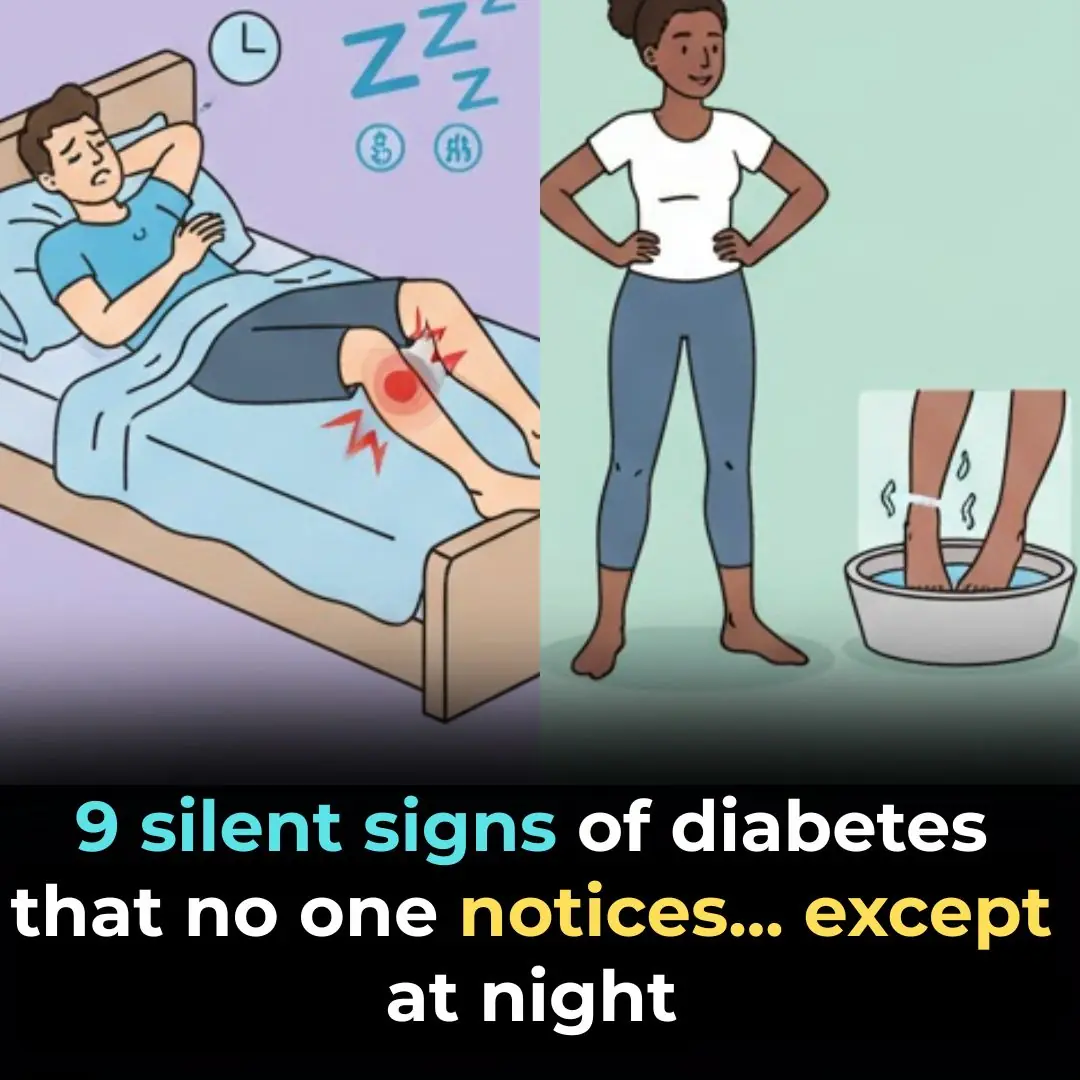
9 Signs of Diabetes That Appear at Night: What You Need to Know!
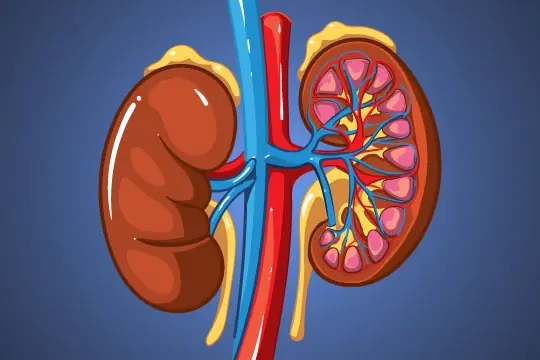
Healing Kidneys Naturally with Herbal Leaves: Supportive Strategies
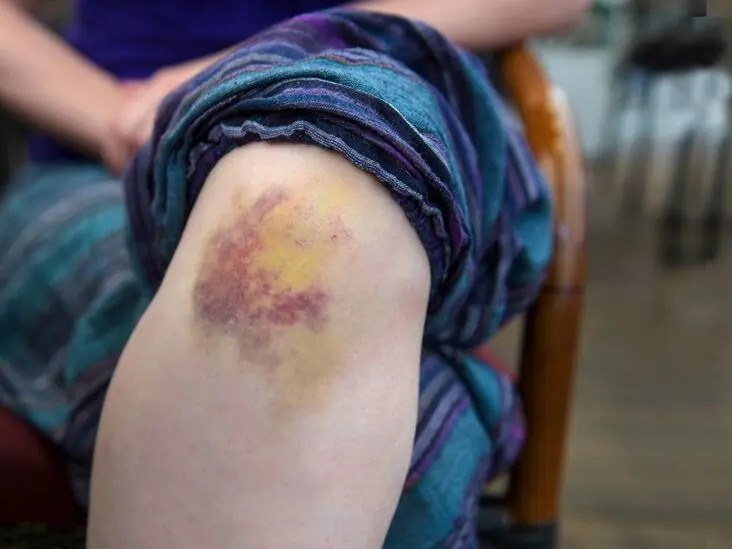
If Bruises Keep Showing Up Out Of Nowhere This Is What It Means for Your Health
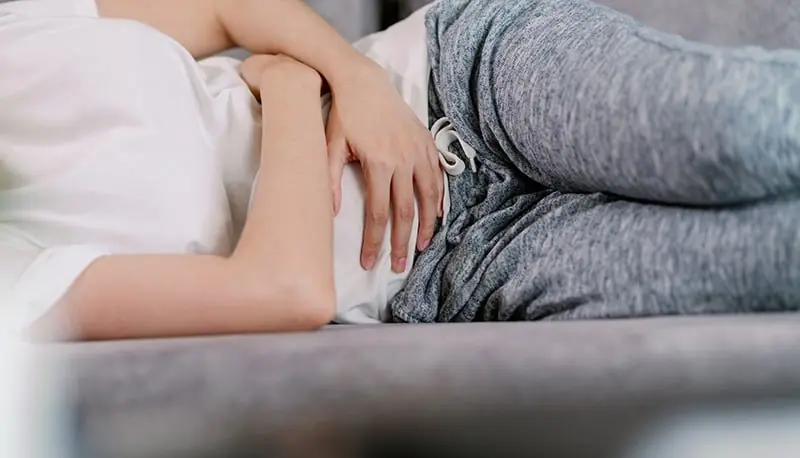
8 EARLY WARNING SIGNS OF OVARIAN CANCER WOMEN SHOULD NEVER IGNORE THESE
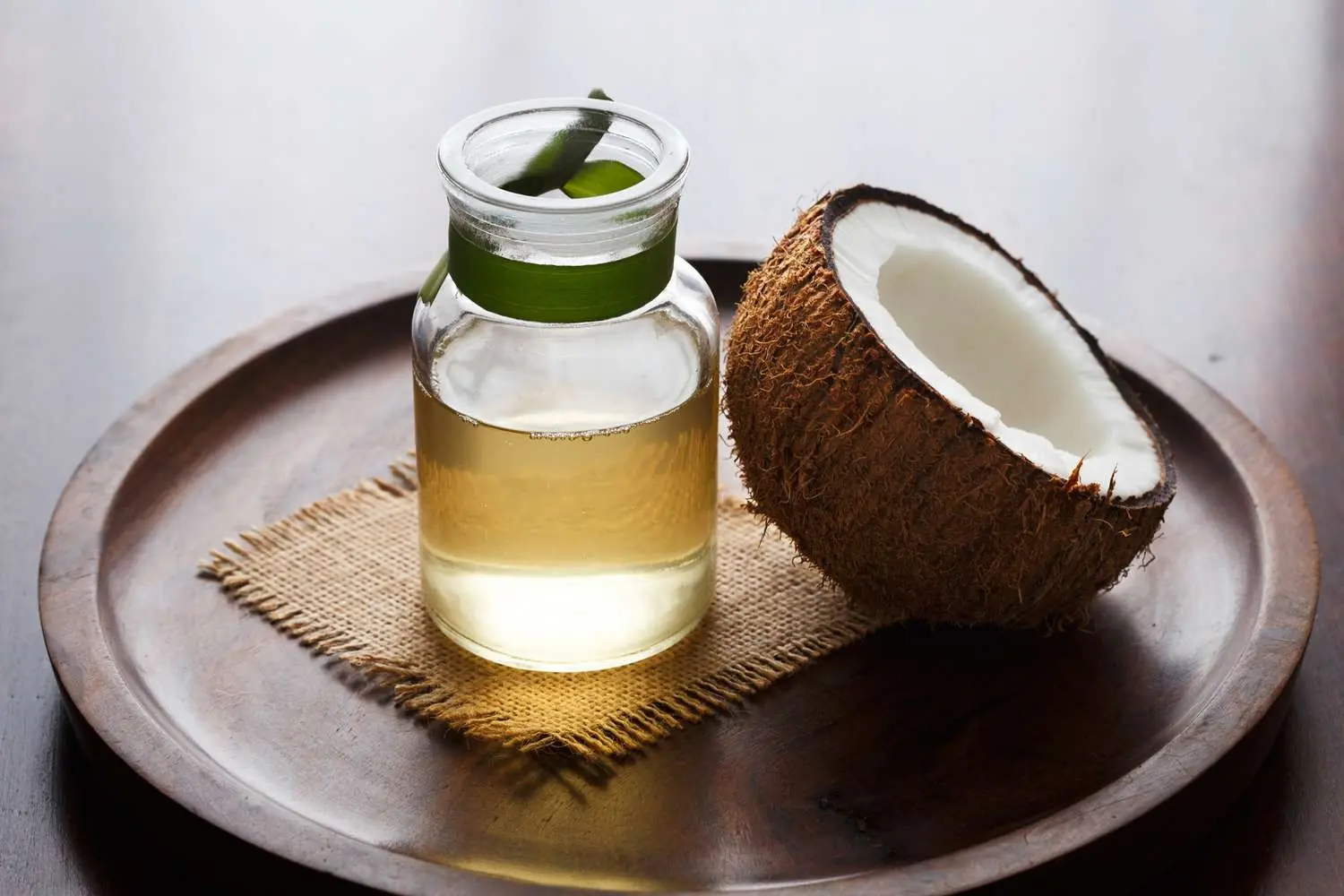
6 Ways Coconut Oil Can Benefit Those With Thyroid Problems
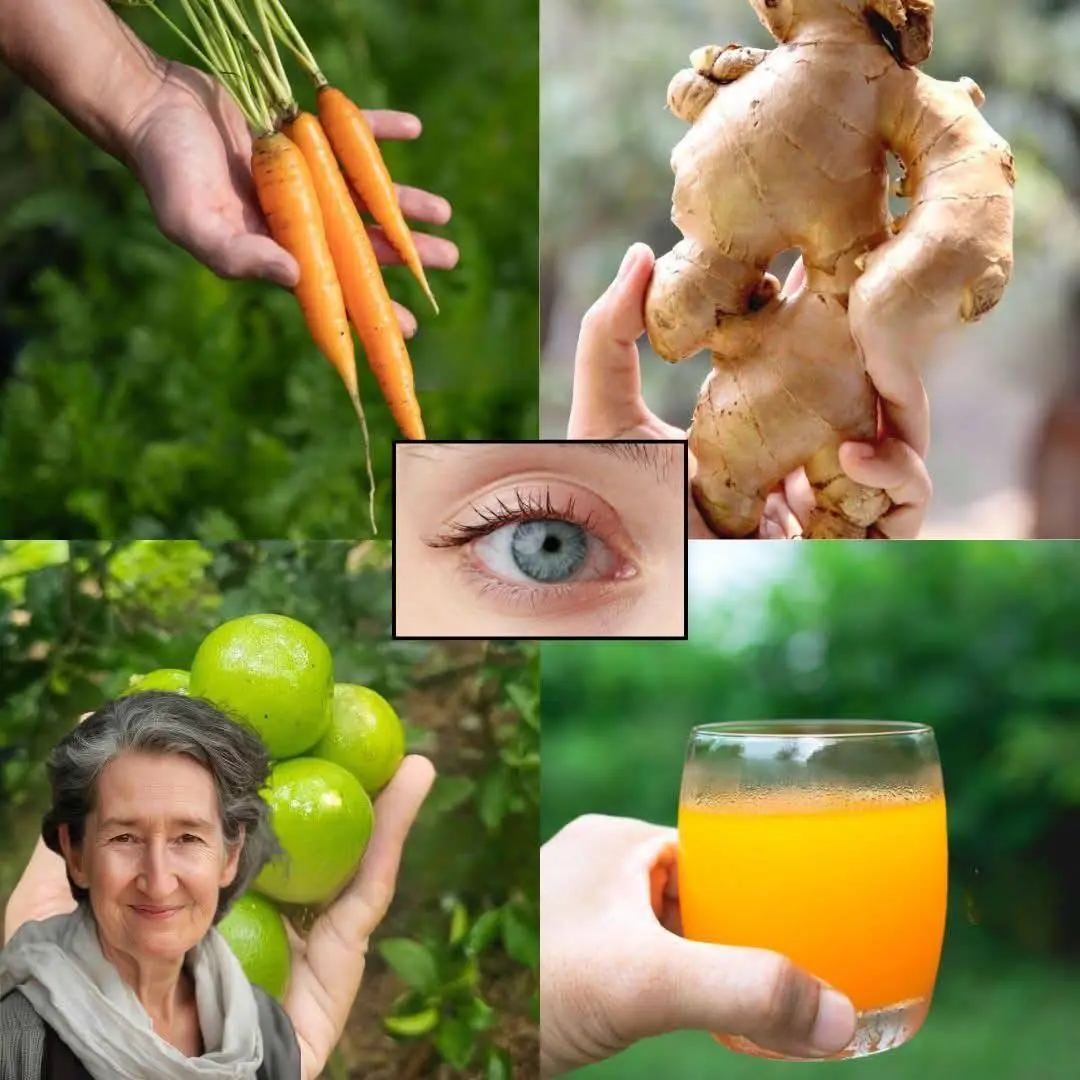
Top 5 Drinks To Improve Vision Naturally (Science-Backed)

The Top Essential Oils to Relieve Pain and Inflammation (Research Based)
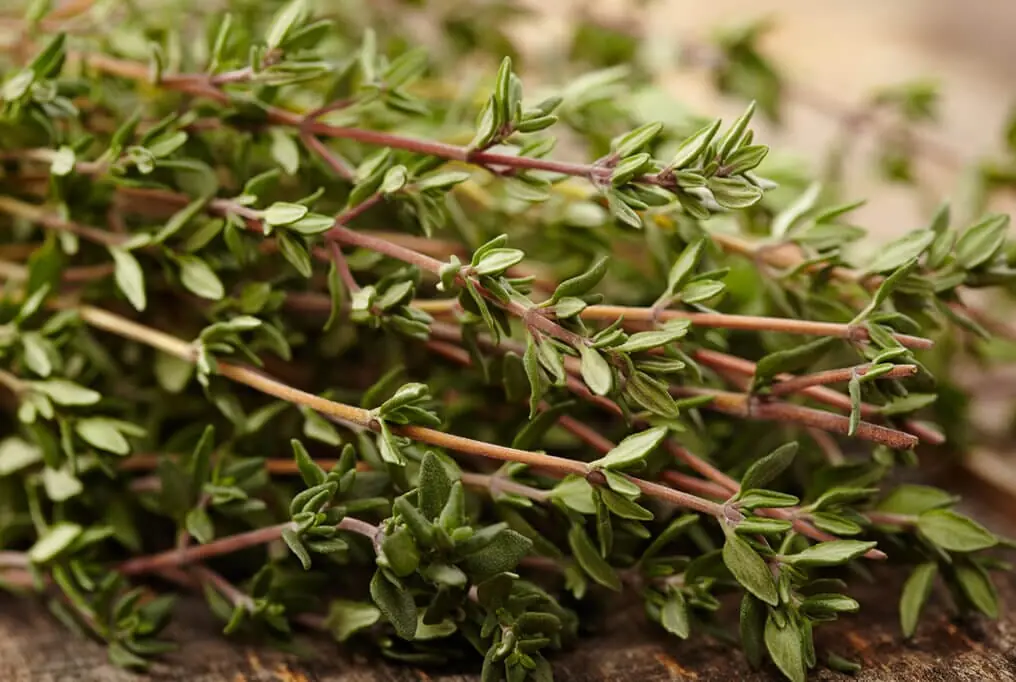
Science-Backed Benefits of Thyme: From Blood Pressure to Bronchitis Relief

5 Common Mistakes When Drinking Water That Can Affect Your Health

Napping During The Day Seriously Affects Brain Aging
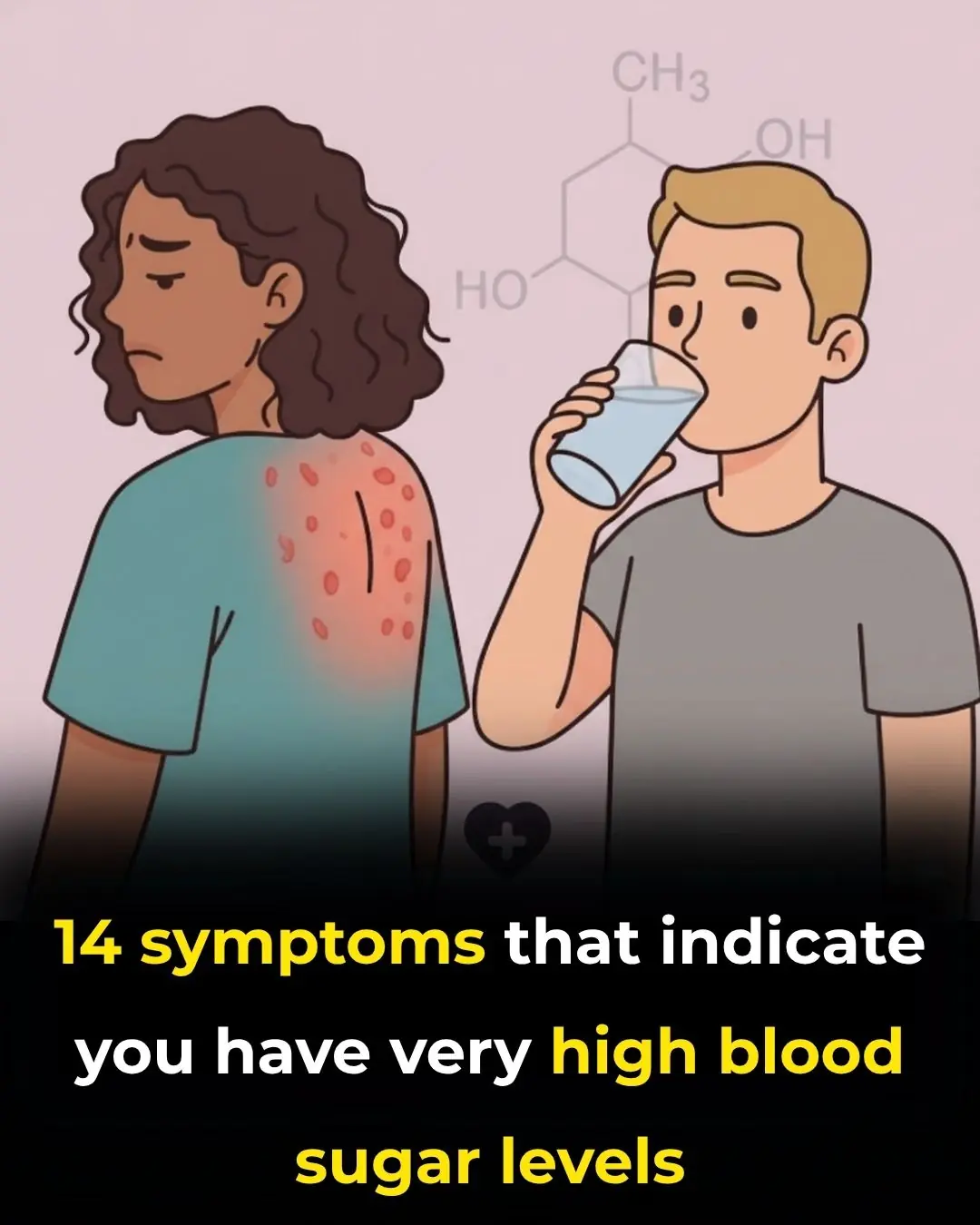
14 SYMPTOMS you should pay attention to
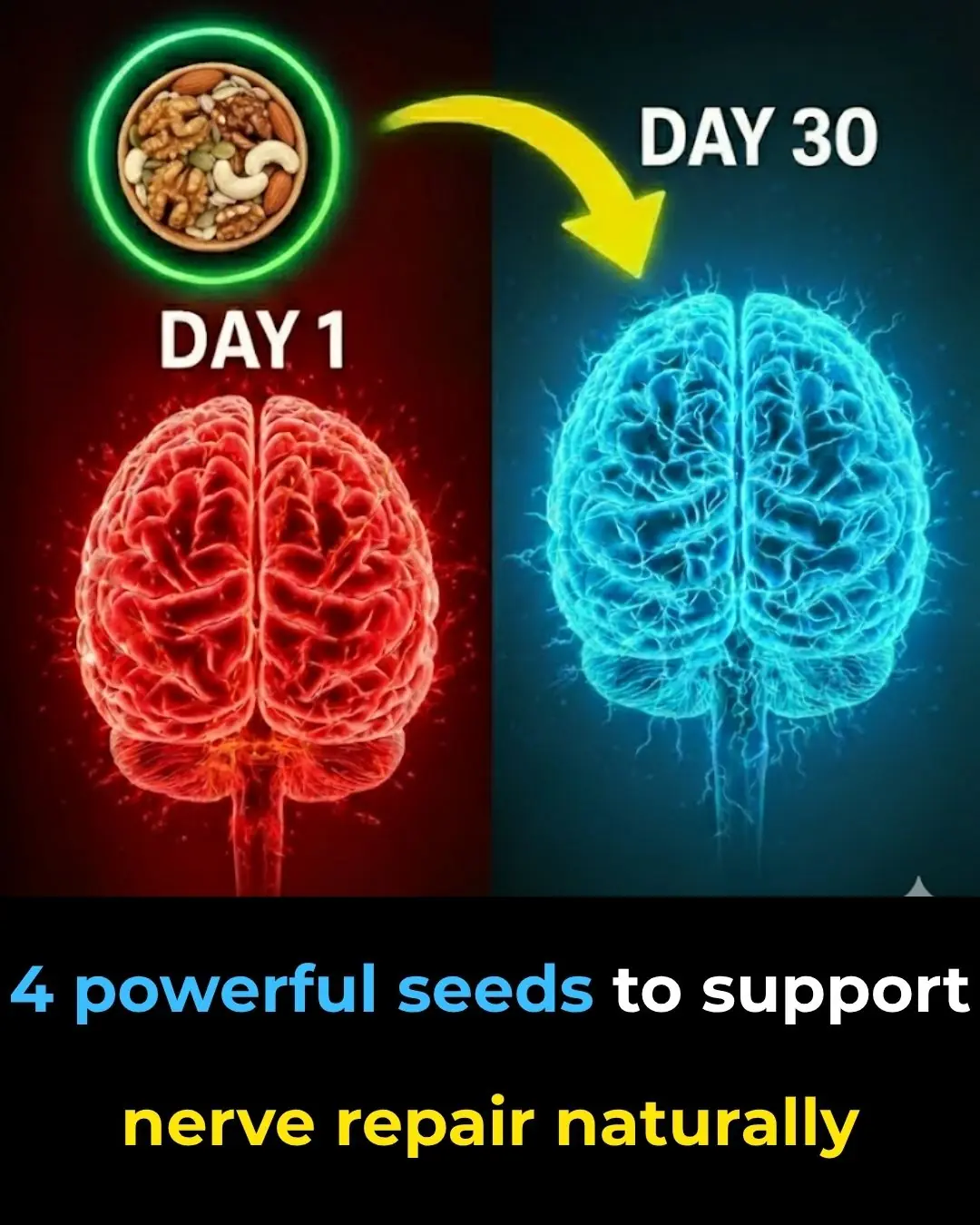
The surprising power of 4 seeds to repair your nerves naturally
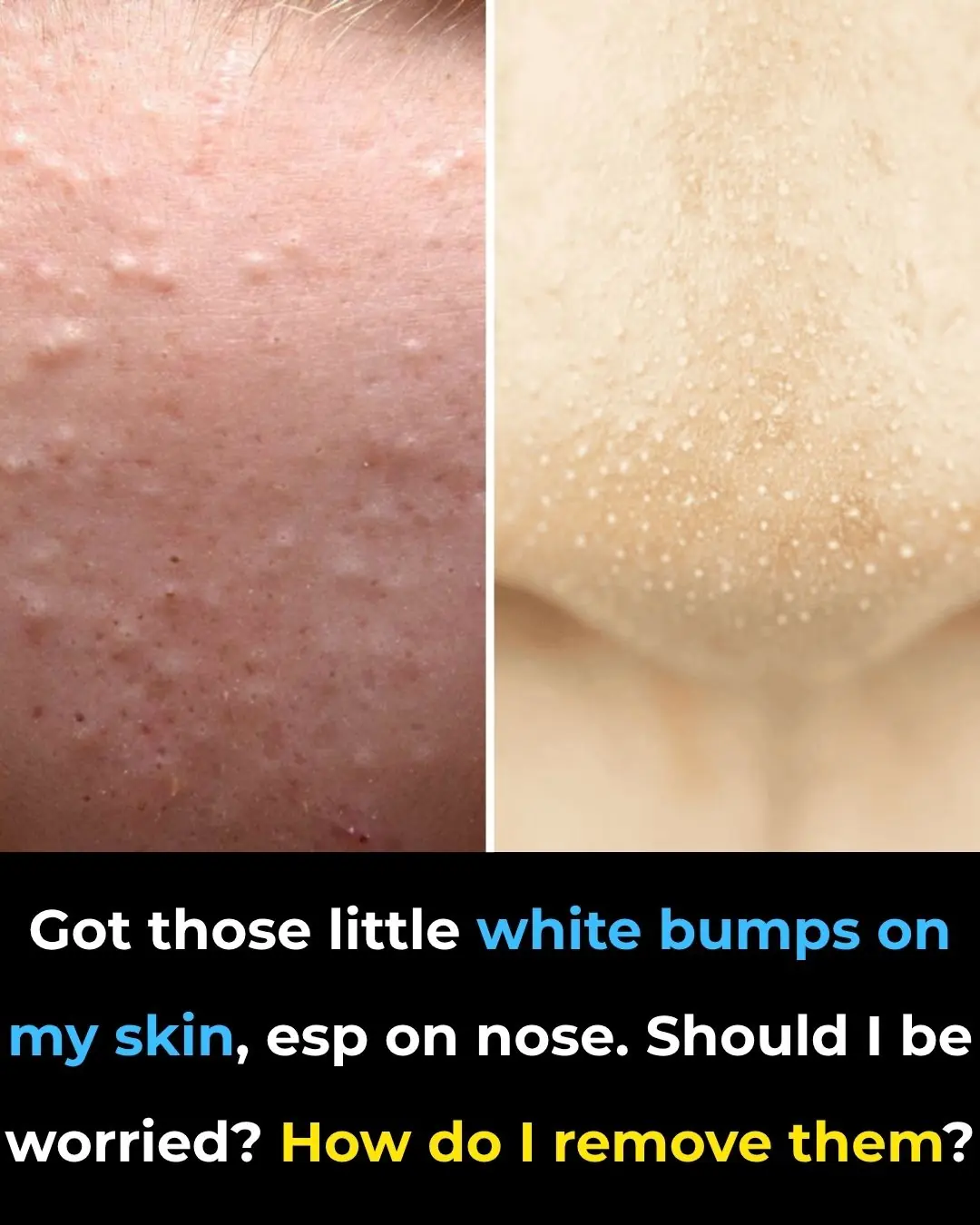
White Bumps on Your Face Don’t Try to Remove Them

Support Joint Health Naturally
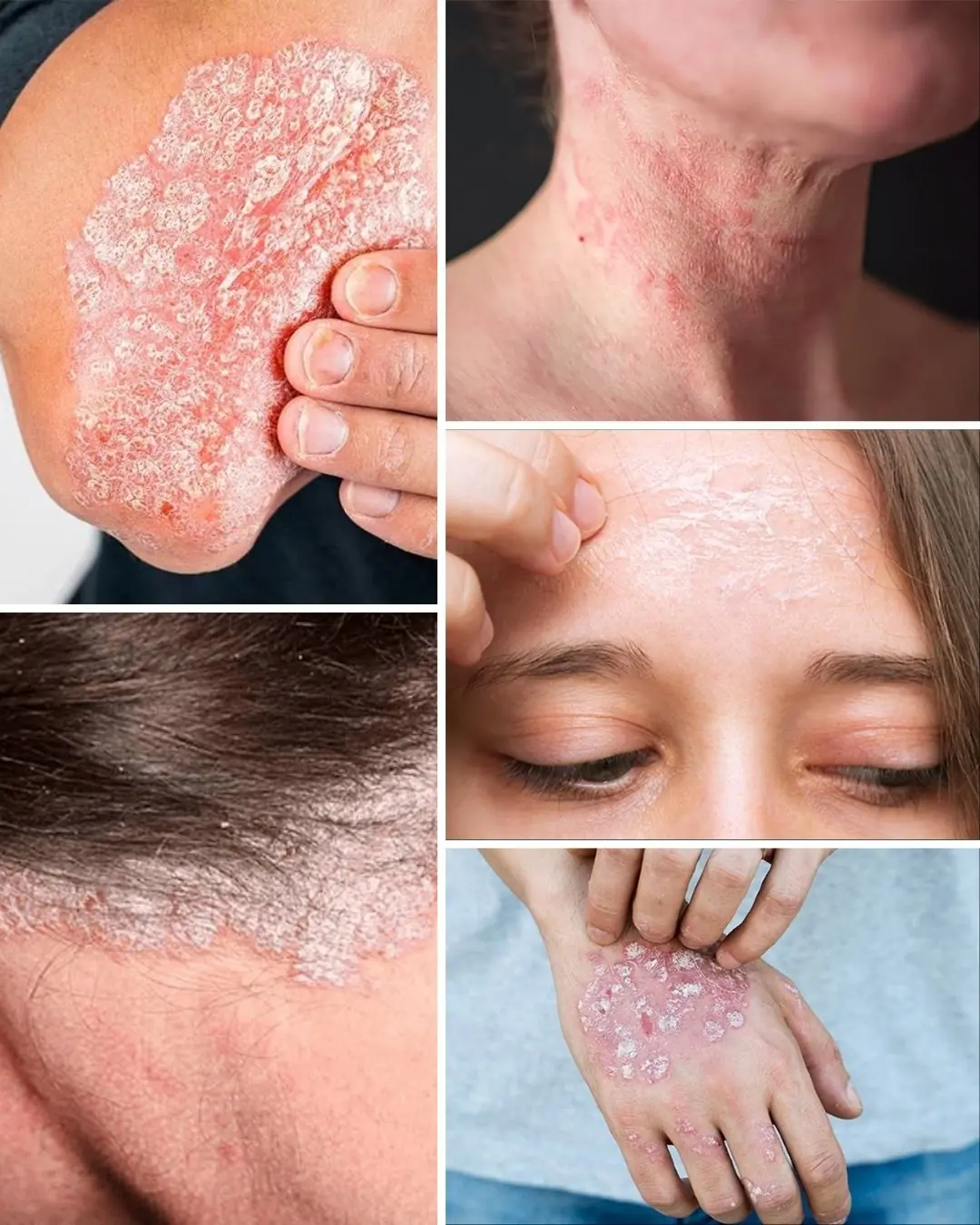
Signs you should know if you have this thing called…
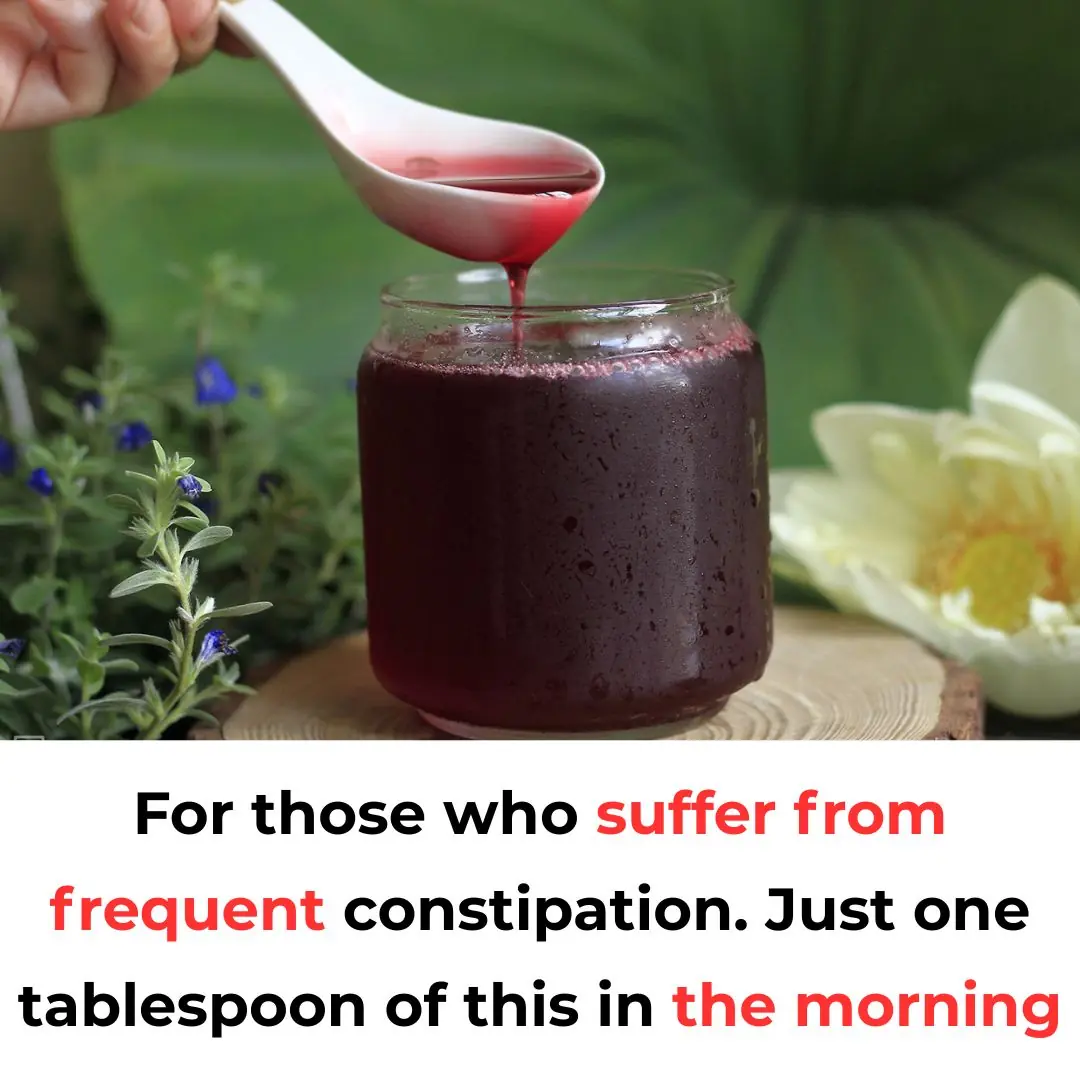
Just One Spoon and You’ll Rush to the Bathroom to Flush Out All the Poop Stuck Inside You

After many years, doctors realized that cancer patients always have 6 things in common in the morning: Thinking back, it was so true

36-year-old teacher died of diabetes despite not liking sweets, doctor said it was due to 4 dishes she loved
News Post

Prince Harry Had Two Close Encounters with Known Stalker During Recent U.K. Visit

A simple tip on how to grow ginger using cement bags, never had such a good yield of ginger
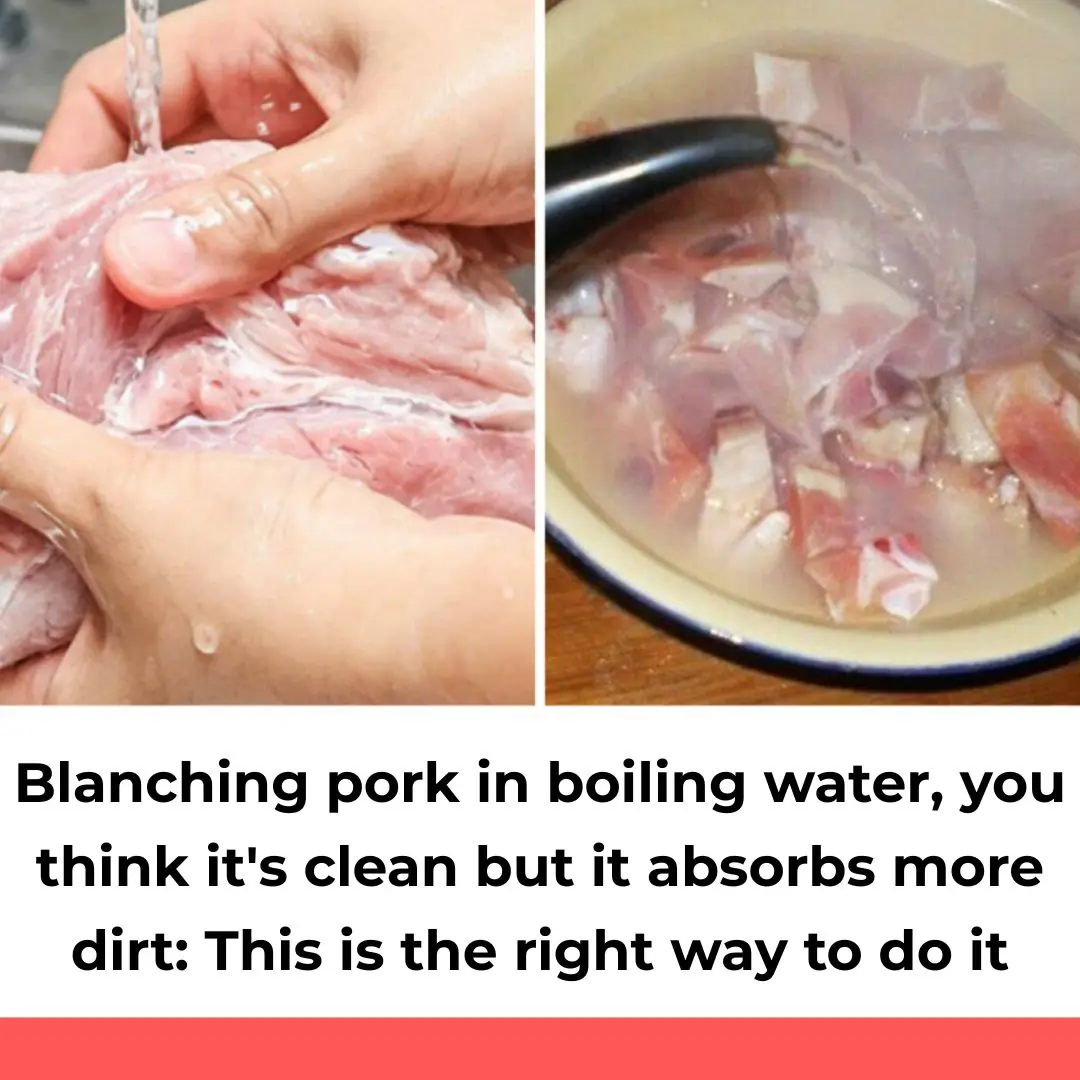
Blanching pork in boiling water, you think it's clean but it absorbs more dirt: This is the right way to do it

Married at First Sight UK fans crown 'best match' after two weeks

Selena Gomez’s kidney donor, Francia Raisa, addresses wedding snub and feud rumors

David Ortiz sparks awkward moment on Fox postgame show: ‘Sounds like Hitler’
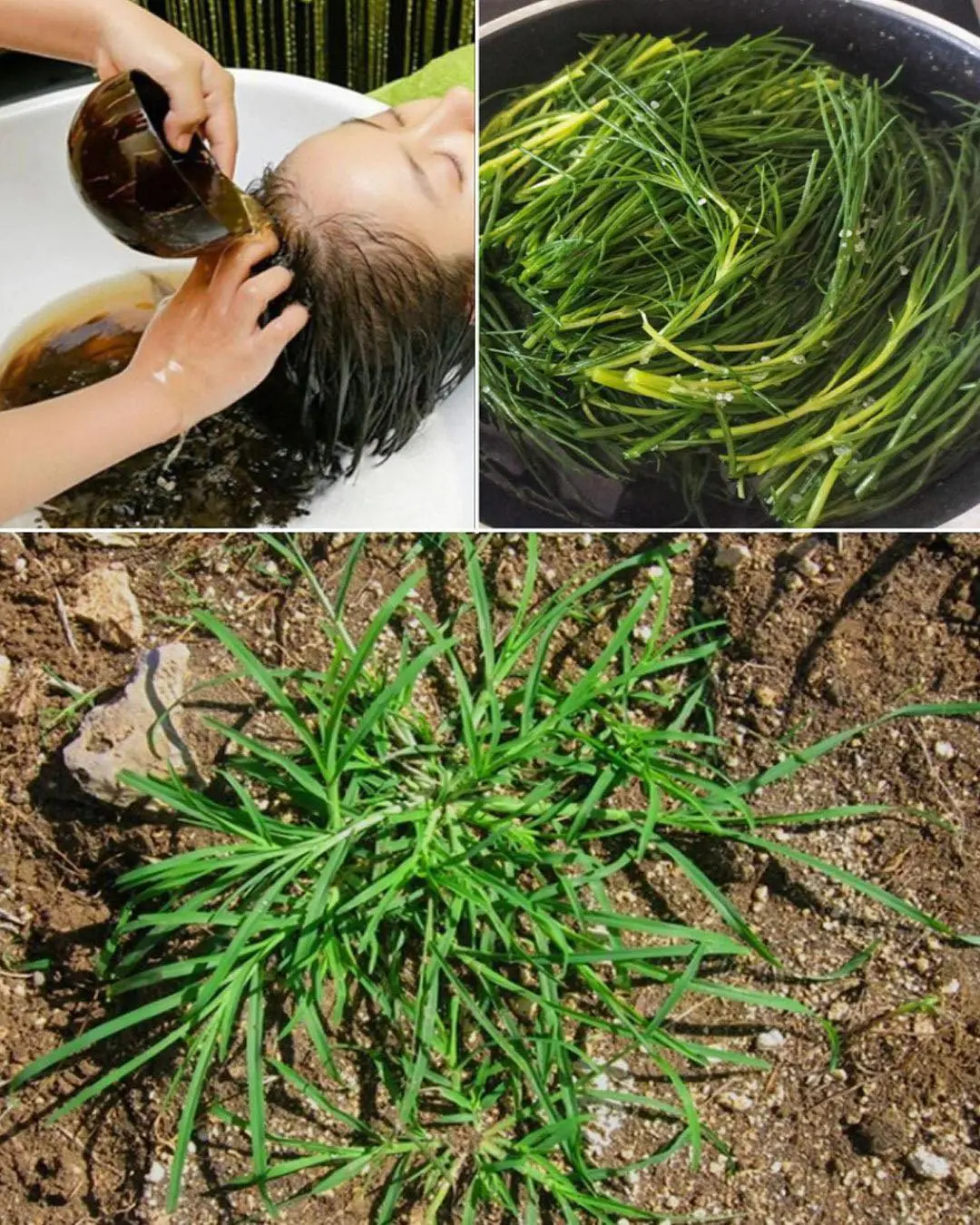
Crabgrass for Hair Loss: Natural Remedies and Uses
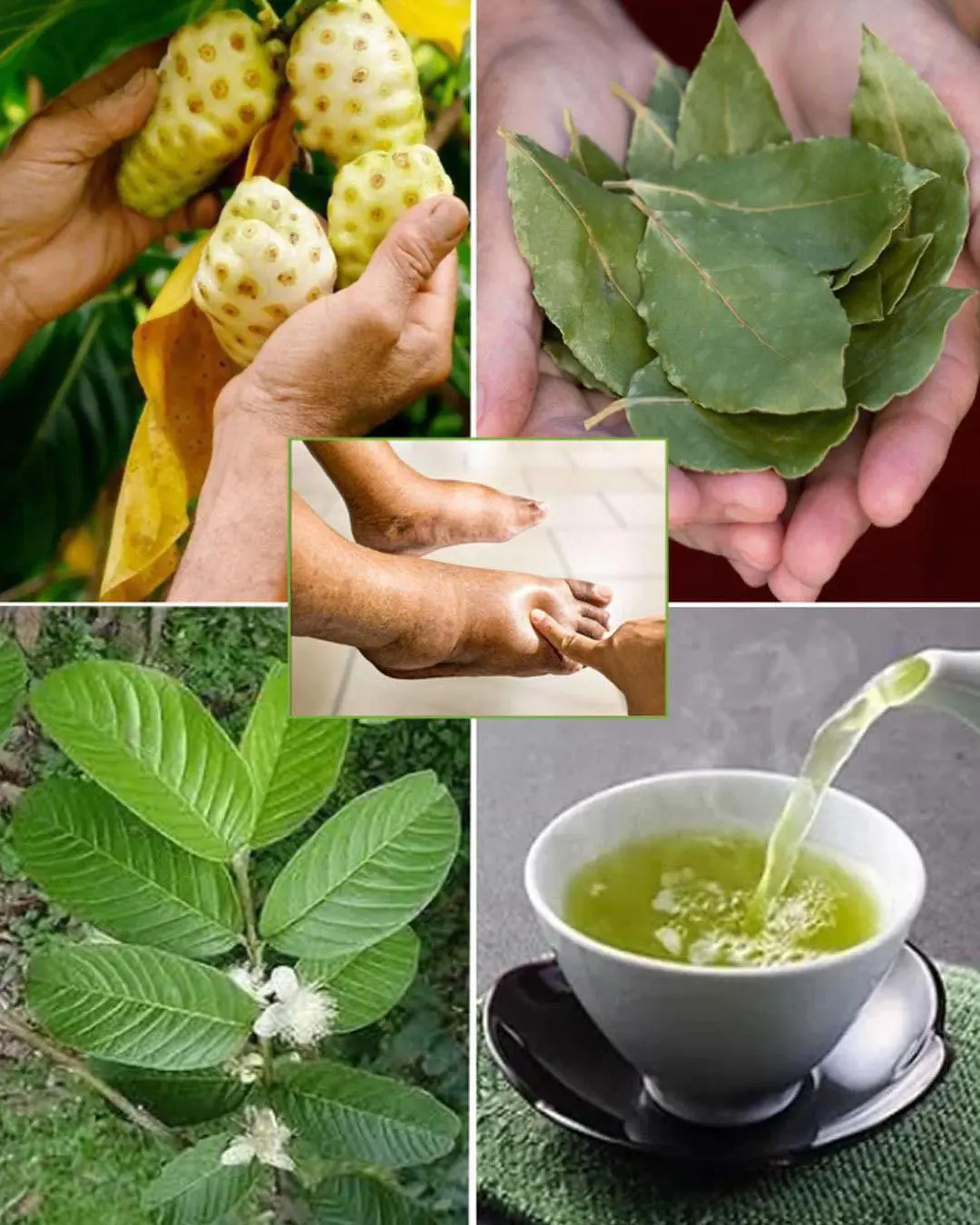
The Ultimate Healing Tonic: A Powerful Drink to Combat Swollen Feet, Diabetes and Poor Circulation
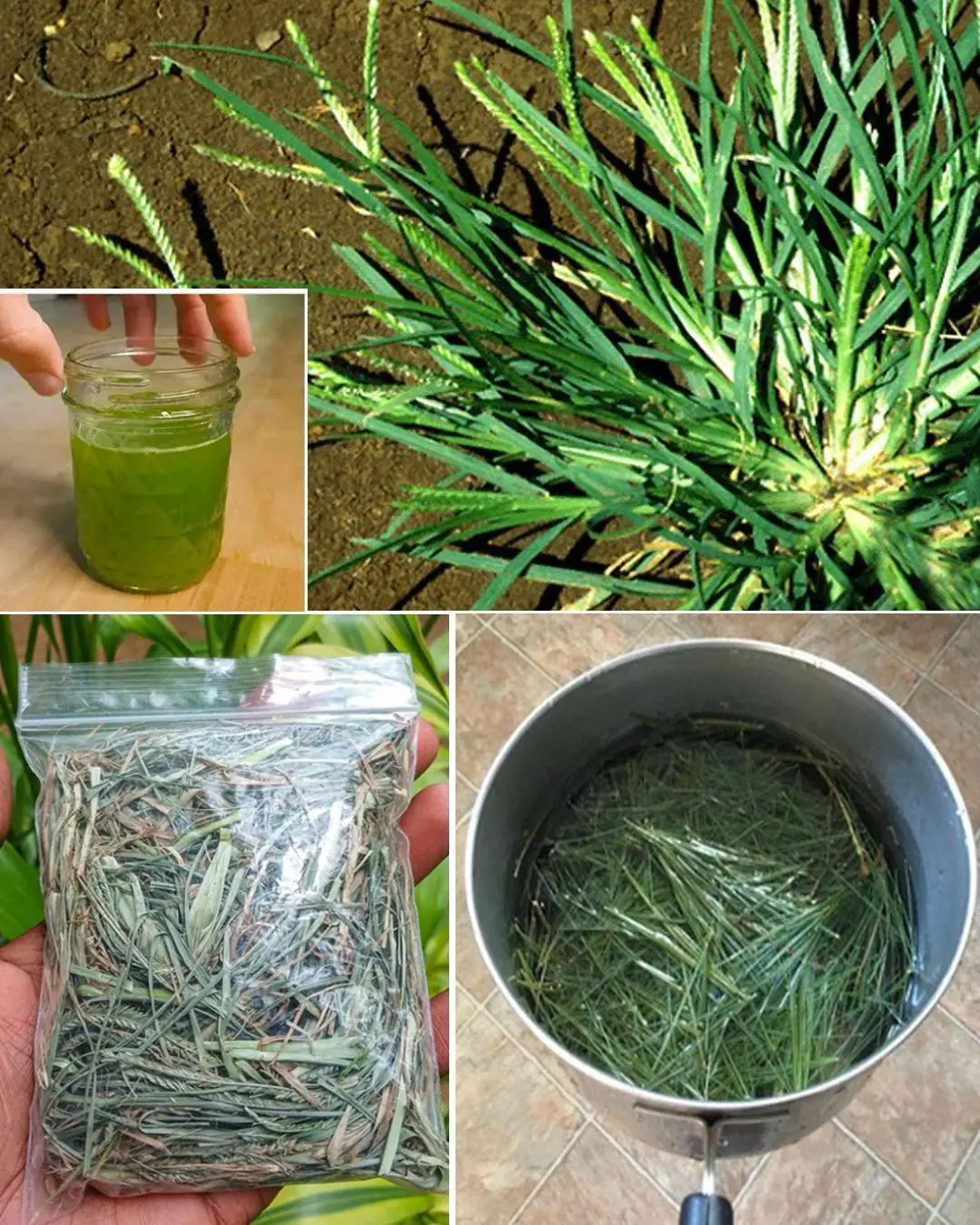
Goosegrass: Health Benefits and Uses
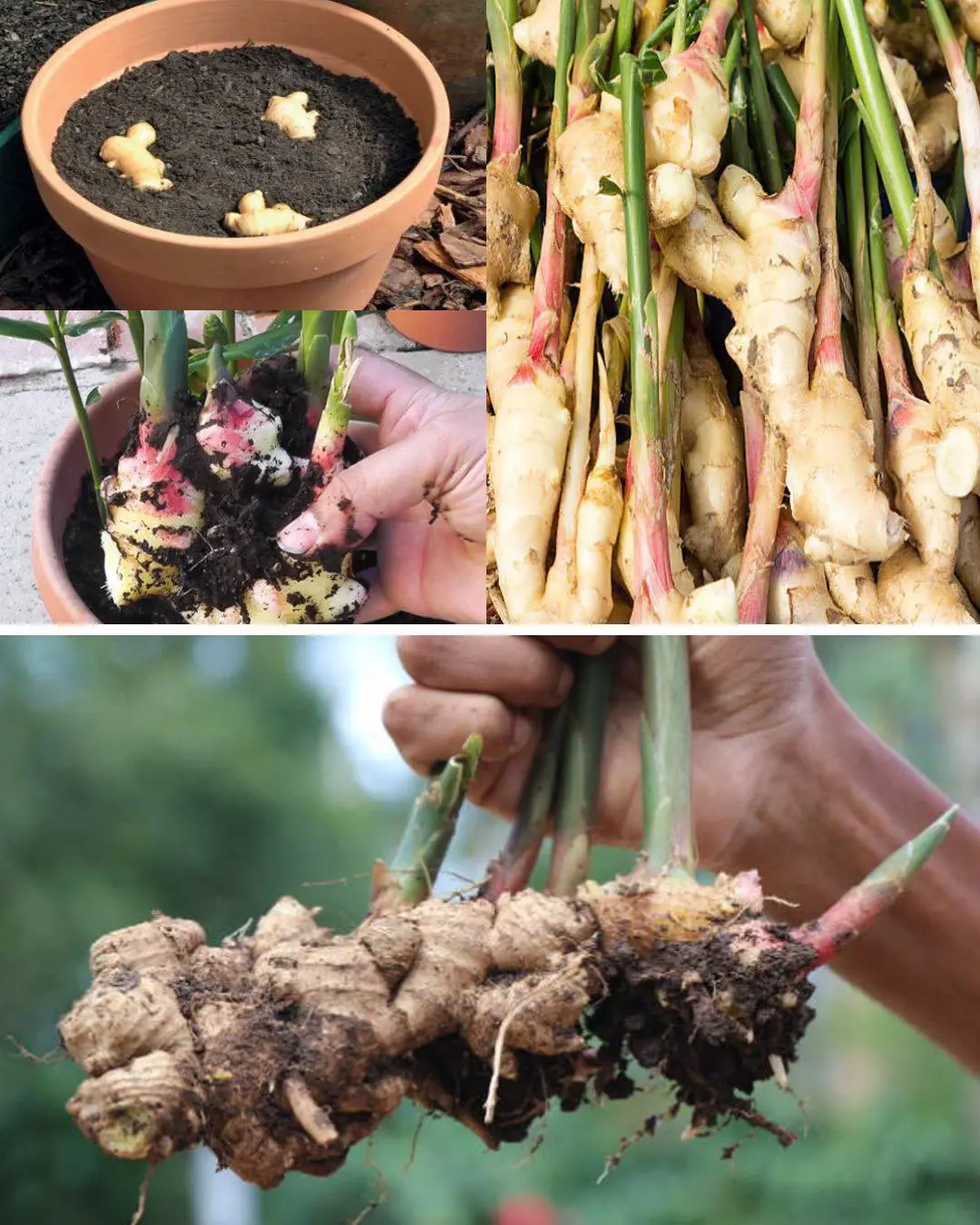
How to grow ginger at home to have an endless supply (and make it flower)
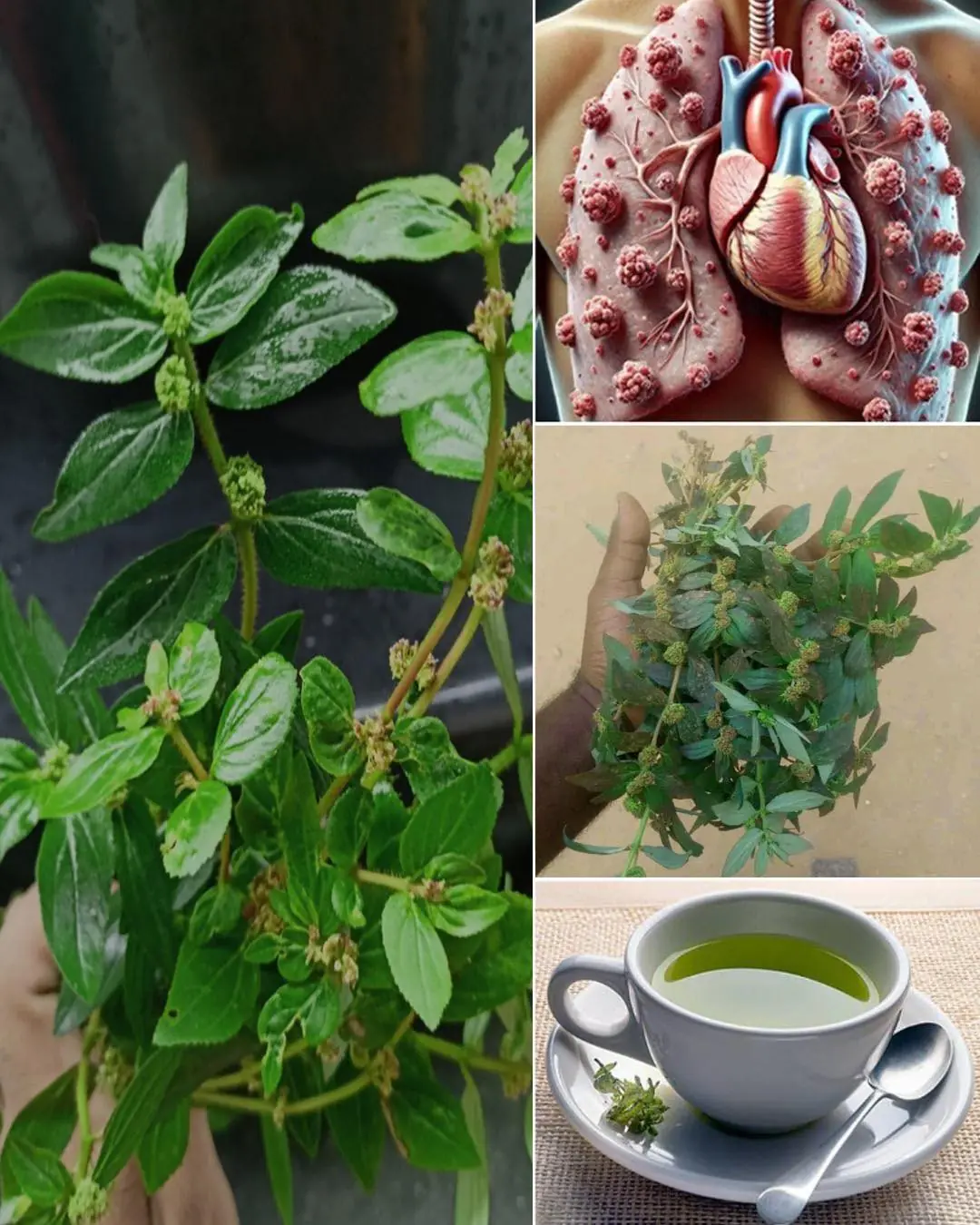
Asthma Plant Tea – Benefits and Uses of Euphorbia hirta
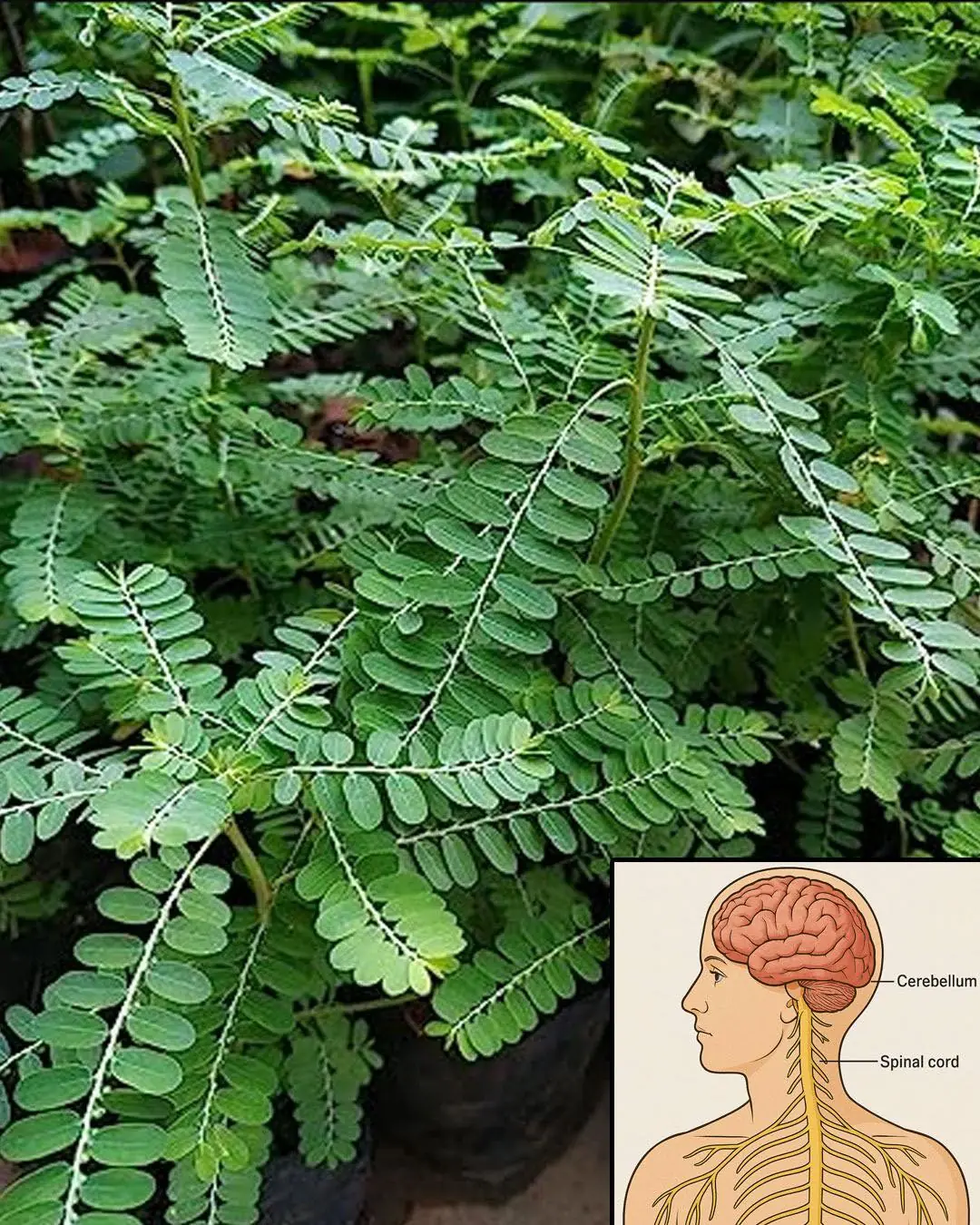
Chanca Piedra (Stonebreaker): Benefits and Uses
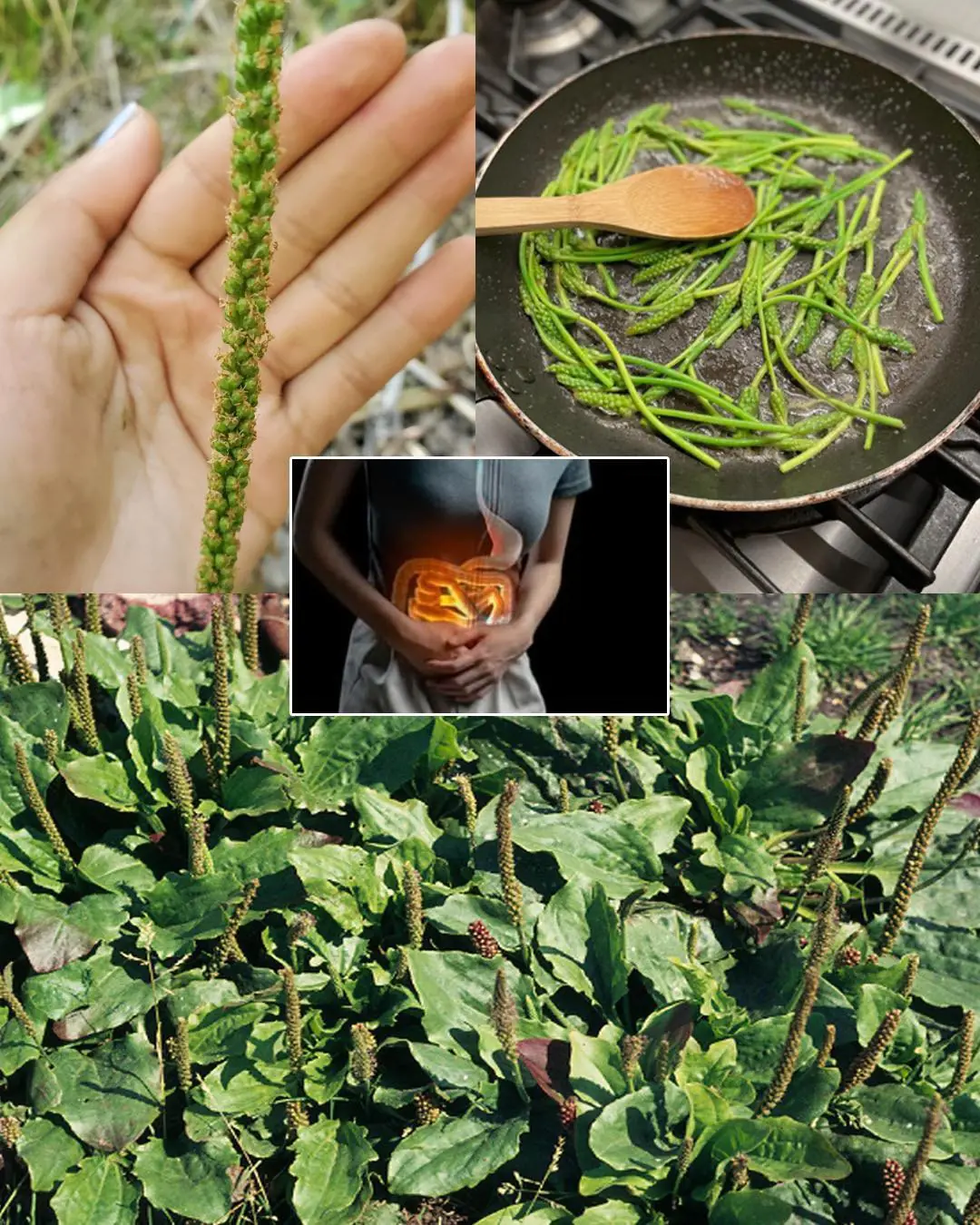
7 benefits and uses of Plantago Major
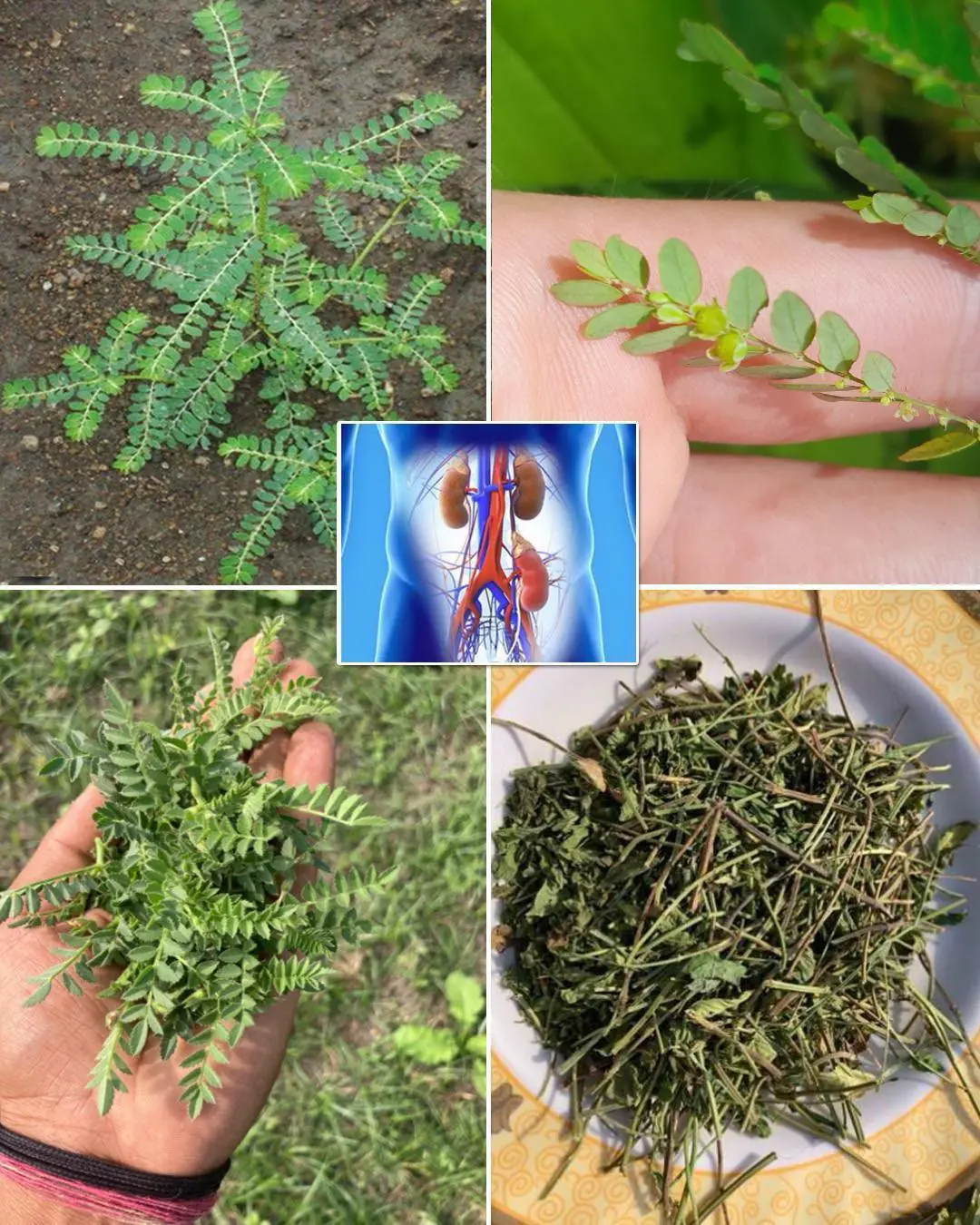
Chanca Piedra (Stonebreaker): Benefits and Uses

A Call for Help at 2 AM: How One Officer Changed a Boy’s Life with Compassion

Ten Minutes From Tragedy—A Dog’s Warning Changed Everything!

Teen Builds $500 Dialysis Machine That Works Faster Than Hospital Models
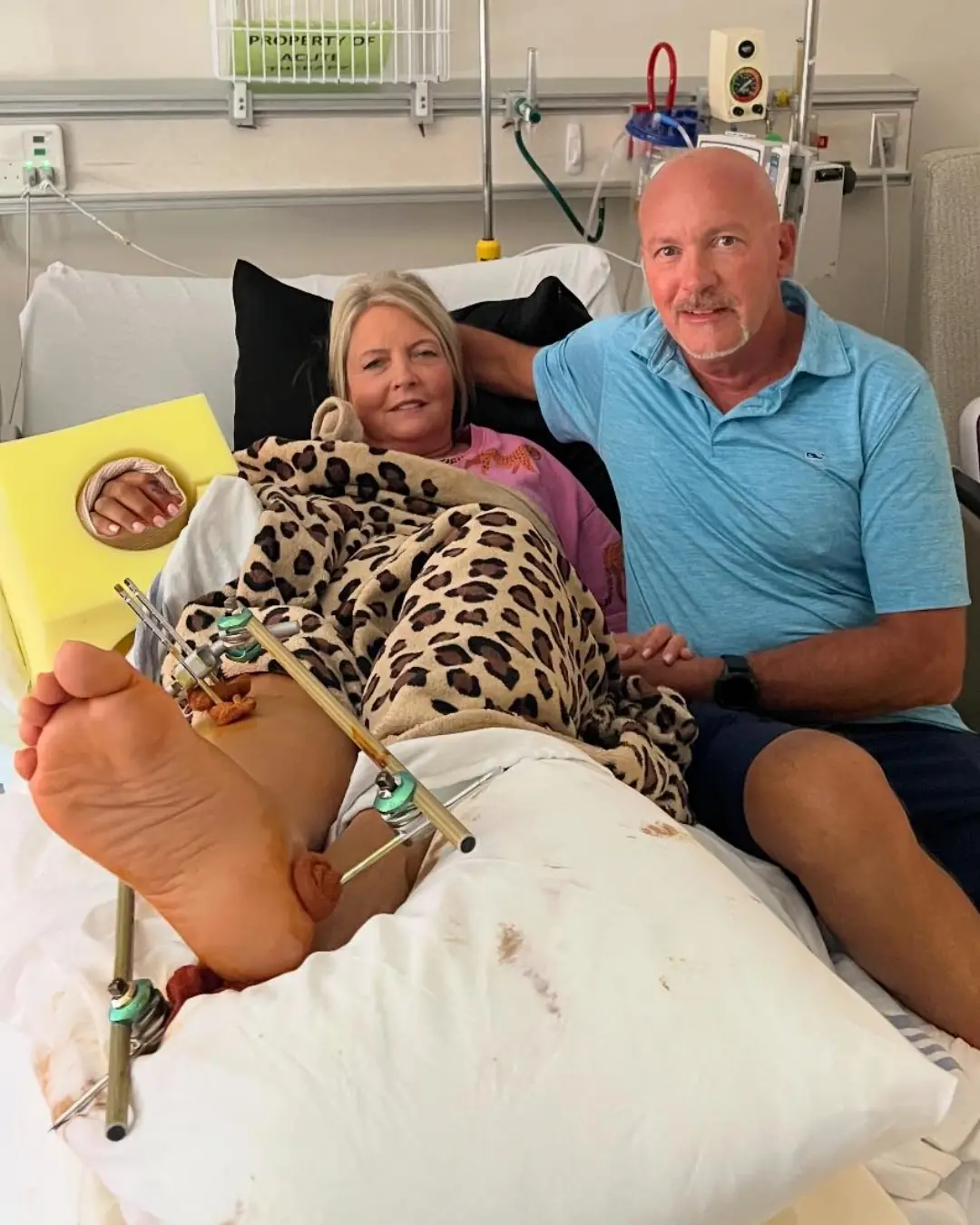
A Split-Second Decision: Mother’s Quick Thinking Saves a Child
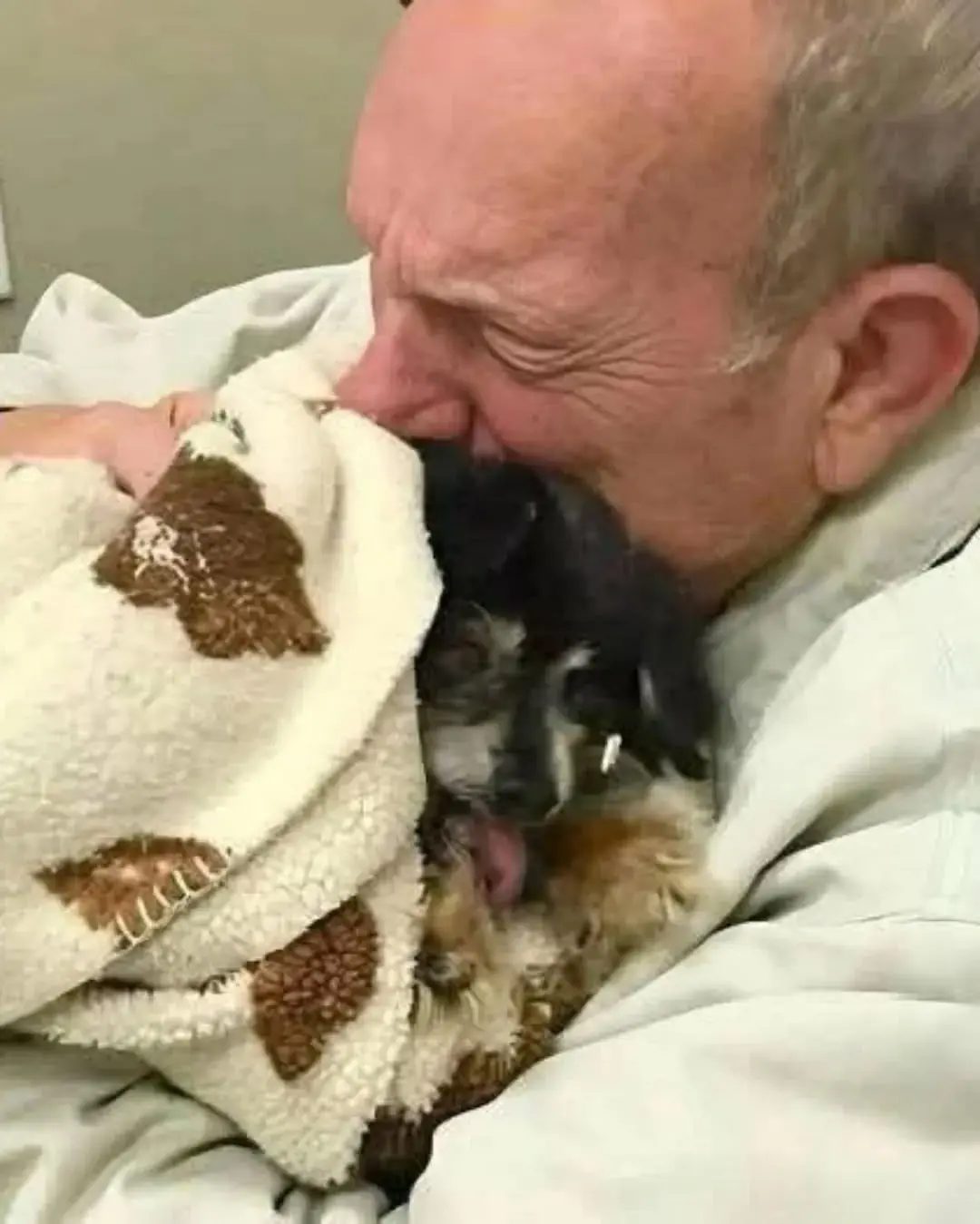
A Letter from My Doggy Heart
